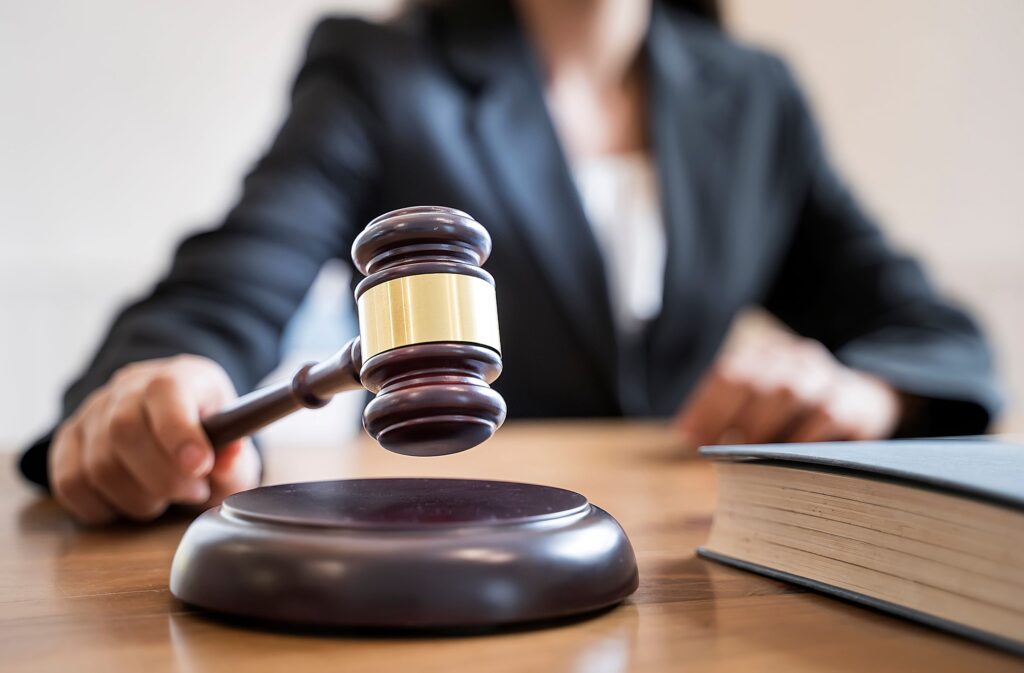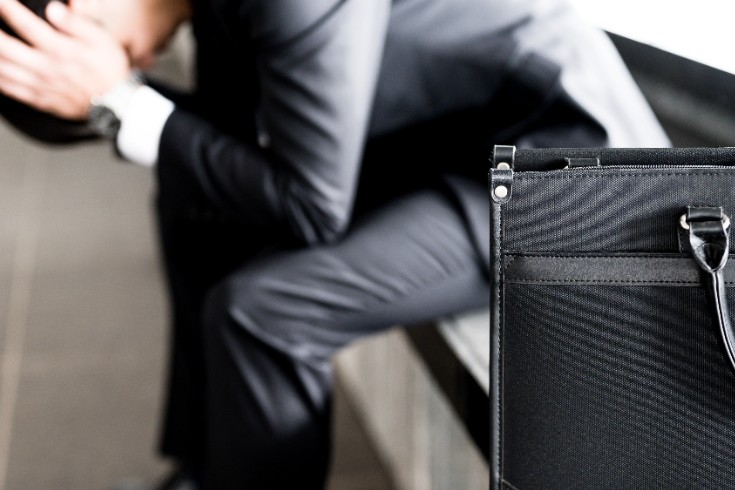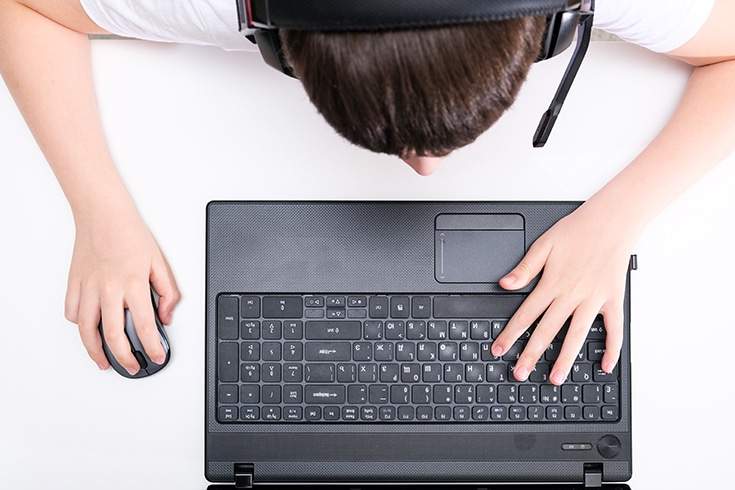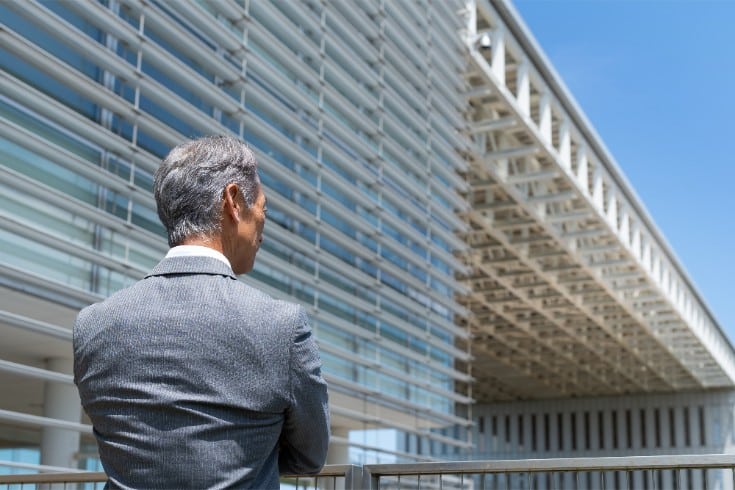What Exactly was the Issue in the Lawsuit Between Nintendo and Colopl?

In recent years, the popularity of gaming has surged due to the advancement of the internet and the improvement in game quality.
Furthermore, the rise of e-sports has brought even more attention to the gaming industry.
With regard to gaming, there is a potential for various legal issues to arise, and indeed, numerous incidents have occurred.
Therefore, it is beneficial for those in the gaming industry and actual players to be aware of the types of incidents that have occurred in relation to gaming.
In this article, we will discuss famous gaming-related lawsuits and explain the issues that were raised in these cases.
Nintendo VS Colopl’s White Cat Project Patent Lawsuit
Overview of the Case
This case began on December 22, 2017, when Nintendo, the plaintiff, claimed that the system implemented in the game app “White Cat Project” distributed by Colopl, the defendant, infringes on Nintendo’s patent rights. Nintendo demanded an injunction against the distribution of the “White Cat Project” and claimed damages of 4.4 billion yen, part of the 40 billion yen loss they allegedly suffered.
The patents claimed by Nintendo include Patent No. 4262217 (commonly known as the “Charge Attack” technology), Patent No. 3734820 (the “Joystick” technology on the touch panel), Patent No. 3637031 (technology to display personalitys hidden by obstacles by making the obstacles transparent), Patent No. 4010533 (the so-called “Sleep Mode” technology that inserts a confirmation screen when the player resumes the game from power-saving mode), Patent No. 5595991 (the “Follow System” technology that allows cooperative play and message exchange with other users), and Patent No. 6271692 (communication system technology related to the “Follow System”).
Points of Contention
In simple terms, the point of contention in this case is whether the technology used in the “White Cat Project” distributed by the defendant, Colopl, infringes on Nintendo’s patent rights.
Defendant Colopl’s Counterarguments
There are various counterarguments from the defendant, Colopl, but the main counterargument is that Nintendo’s patent is invalid in the first place (defense of patent invalidity).
Specifically, the counterargument is that Nintendo’s patents lack novelty (the technology is objectively recognized as new) and inventiveness (it is recognized that there is difficulty in inventing the technology), and therefore the patents are invalid.
The defense of patent invalidity is a defense in which the defendant claims that the patent that forms the basis of the plaintiff’s claim is invalid in a patent infringement lawsuit like this case. The basis for this is Article 104-3 of the Japanese Patent Act.
(Restriction on the Exercise of Rights by Patent Right Holders, etc.)
Article 104-3 In a lawsuit concerning the infringement of a patent right or an exclusive license, when it is recognized that the patent should be invalidated by a patent invalidity trial or that the extension registration of the duration of the patent right should be invalidated by an extension registration invalidity trial, the patent right holder or the exclusive licensee cannot exercise their rights against the other party.
2 The court may decide to dismiss a method of attack or defense under the preceding paragraph if it is recognized that it was submitted for the purpose of unduly delaying the trial.
3 The provisions of Article 123, paragraph 2, do not prevent a person other than a person who can request a patent invalidity trial for an invention related to the patent from submitting a method of attack or defense under paragraph 1.
If the defense of patent invalidity is accepted, the patent that forms the basis of the plaintiff Nintendo’s claim will be invalidated, and the plaintiff Nintendo’s claim will be dismissed.
Plaintiff Nintendo’s Response to the Lawsuit
As the plaintiff, Nintendo faces a very high risk of losing the lawsuit if the defendant Colopl’s defense of patent invalidity is accepted.
Therefore, in order to block Colopl’s defense of patent invalidity, Nintendo requested a correction trial for the patents that form the basis of their claim in this case.
The correction trial is stipulated in Article 126 of the Japanese Patent Act.
(Correction Trial)
Article 126 The patent right holder may request a correction trial for the correction of the specification, the scope of the patent claim, or the drawings attached to the application. However, the correction is limited to the following purposes.
1 Reduction of the scope of the patent claim
2 Correction of typographical or translation errors
3 Explanation of unclear descriptions
4 Making a claim that cites the description of another claim not cite the description of the other claim.
Of the above Article 126 of the Patent Act, the first item is important in relation to this case.
Nintendo reduced the scope of the patent claim, excluding parts that could be denied novelty and inventiveness from the scope of the patent, thereby blocking Colopl’s defense of patent invalidity.
What We Can Learn from the Nintendo VS Colopl Patent Lawsuit
As of the time of writing this article (as of May 30, 2020), this case is still pending and future developments are attracting attention. What we can learn from this case is that lawsuits concerning the intellectual property of games have the potential to develop into very large cases.
Both Nintendo and Colopl have released many popular games, and when it comes to disputes over intellectual property, the amount of damages can be large.
Therefore, as a game company, it is necessary to pay special attention to the handling of intellectual property to prevent trouble.
Related article: What is the risk of infringement of intellectual property rights such as patents, trademarks, and copyrights, and what are the countermeasures?[ja]
MariCAR Lawsuit
Many of you may have seen people dressed in costumes of Nintendo personalitys like Mario, racing on public roads, and thus, might be aware of the MariCAR lawsuit.
However, not many people might know the details of this case.
Therefore, we will explain the MariCAR lawsuit.
Please note that an interim judgment has also been issued in the MariCAR lawsuit. For information on the relationship with the interim judgment, please refer to the following article.
Related article: Interim Judgment in the Mario Kart Case and Intellectual Property Rights Infringement[ja]
Case Overview
This case involves Nintendo, the plaintiff, filing a lawsuit against MariCar (now known as MARI Mobility) and its representative director. The lawsuit was based on violations of the Unfair Competition Prevention Act (hereinafter referred to as the “Unfair Competition Act”) and sought an injunction against the infringement of intellectual property rights and damages.
The defendant was using the trade name “MariCar,” which was being used as an abbreviation for “Mario Kart,” a popular game by Nintendo.
Points of Contention
In this case, while points of contention 1 through 15 are at issue, the major points of contention are as follows:
- Whether the defendant’s use of the first trademark (マリカー, MariCar, MARICAR, maricar) in business operations and as a trade name constitutes an act of unfair competition under Article 2, Paragraph 1, Items 1 or 2 of the Japanese Unfair Competition Prevention Act (Point of Contention 4)
- Whether the series of actions of uploading photos and videos containing elements similar to Nintendo’s well-known or famous product displays (Mario, Luigi, Yoshi, Bowser) to a website on the Internet, the act of employees wearing Mario, Luigi, Yoshi, and Bowser costumes, and the act of placing a Mario figure in the store (hereinafter collectively referred to as “the advertising activities in question”), as well as the act of lending the aforementioned costumes to users (hereinafter referred to as “the lending activities in question”), constitute an act of unfair competition under Article 2, Paragraph 1, Items 1 or 2 of the Japanese Unfair Competition Prevention Act (Point of Contention 7)
- Whether the use of domain names (maricar.jp, maricar.co.jp, fuji-maricar.jp, maricar.com) that are similar to Nintendo’s specific product displays, personality displays, and “MARIO KART” display (hereinafter referred to as “the domain names in question”) constitutes an act of unfair competition under Article 2, Paragraph 1, Item 13 of the Japanese Unfair Competition Prevention Act (Point of Contention 9)
Court’s Judgment on the Disputed Points

Regarding Disputed Point 4
Firstly, Article 2, Paragraph 1, Item 2 of the Japanese Unfair Competition Prevention Act stipulates the following:
(Definition)
Article 2 In this Act, “unfair competition” refers to the following:
2. The act of using the same or similar famous product or service mark of another person as one’s own, or transferring, delivering, displaying for transfer or delivery, exporting, importing, or providing through a telecommunications line a product using such a mark.
In order to fall under the category of “unfair competition” in the first part of the above clause, it is necessary to “use the same or similar famous product or service mark of another person as one’s own”.
In simple terms, if you imitate the famous product or service mark of another person, it will be considered an act of unfair competition.
Regarding Disputed Point 4, the court ruled that “Mario Kart” and “MARIO KART” are famous product or service marks of Nintendo, and the personality marks used by MariCar Inc. (MariCar, MariCar, MARICAR, maricar) are similar, and the use of these marks by MariCar Inc. constitutes use as a product or service mark, thus falling under Article 2, Paragraph 1, Item 2 of the Unfair Competition Prevention Act.
Regarding Disputed Point 7
Regarding Disputed Point 7, the court ruled that the forms of Mario, Luigi, Yoshi, and Bowser are famous product or service marks of Nintendo, and the costumes of Mario, Luigi, Yoshi, and Bowser used by MariCar Inc. are similar, and the use of these costumes by MariCar Inc. constitutes use as a product or service mark, thus recognizing the applicability of Article 2, Paragraph 1, Item 2 of the Unfair Competition Prevention Act.
This is generally the same reasoning as Disputed Point 4.
Regarding Disputed Point 9
Next, Article 2, Paragraph 1, Item 13 of the Unfair Competition Prevention Act stipulates the following:
(Definition)
Article 2 In this Act, “unfair competition” refers to the following:
13. The act of disclosing the acquired limited provision data knowing that the act of unlawfully acquiring limited provision data was involved after its acquisition.
Also, regarding “limited provision data”, Article 2, Paragraph 7 of the Unfair Competition Prevention Act stipulates the following:
7 In this Act, “limited provision data” refers to technical or business information that is accumulated and managed in a considerable amount by electromagnetic means (electronic methods, magnetic methods, and other methods that cannot be recognized by human perception. The same shall apply in the following paragraph.) as information provided to specific persons in the course of business (excluding those managed as secrets).
Regarding Disputed Point 9, the court ruled that MariCar Inc. is using various domain names similar to “MARIO KART” and “MariCar” (maricar.jp, maricar.co.jp, fuji-maricar.jp, maricar.com) for the purpose of gaining unlawful benefits, thus recognizing the applicability of Article 2, Paragraph 1, Item 13 of the Unfair Competition Prevention Act.
Specifically, the court indicated that MariCar Inc. can be recognized as having used the domain names in question, which are similar to Nintendo’s specific product or service marks and the “MARIO KART” mark, with the intention of gaining unlawful benefits, and that this act falls under the unfair competition act stipulated in Article 2, Paragraph 1, Item 13 of the Unfair Competition Prevention Act, and harms Nintendo’s business interests.
What We Can Learn from the MariCar Lawsuit
In this case, the main issue is the use of the term “MariCar” by MariCar Inc.
Many people may refer to “Mario Kart” using the abbreviation “MariCar”. However, the trademark related to the term “MariCar” is owned by MARI Mobility Development Inc. (formerly MariCar Inc.) in many categories.
From Nintendo’s perspective, in hindsight, it can be said that it was necessary to register not only the official name “Mario Kart” but also its abbreviation as a trademark.
On the other hand, from the perspective of MARI Mobility Development Inc., even though they are the trademark owner, they should have considered the relationship with the Unfair Competition Prevention Act (Japanese Unfair Competition Prevention Act).
In this case, the appeal judgment ordered MARI Mobility Development Inc. and its representative director to jointly pay 50 million yen and an annual interest of 5% from October 31, 2018 (Heisei 30) until the payment is completed.
Related Article: What is Trademark Infringement? Explaining the Framework for Illegality Judgment[ja]
Related Article: What is the Relationship Between Taking Out Trade Secrets and the Unfair Competition Prevention Act?[ja]
Summary
We have explained what issues were raised in famous lawsuits related to games.
While it’s important to understand what laws can be problematic in relation to games, it’s also crucial to know what specific issues have been raised in actual cases. Therefore, it’s advisable for those involved in game companies or those who play games to at least be aware of famous lawsuits related to games.
For details on what legal issues were raised in famous game-related lawsuits, legal knowledge and professional judgment are required. Therefore, please consult a law firm for detailed information.





















